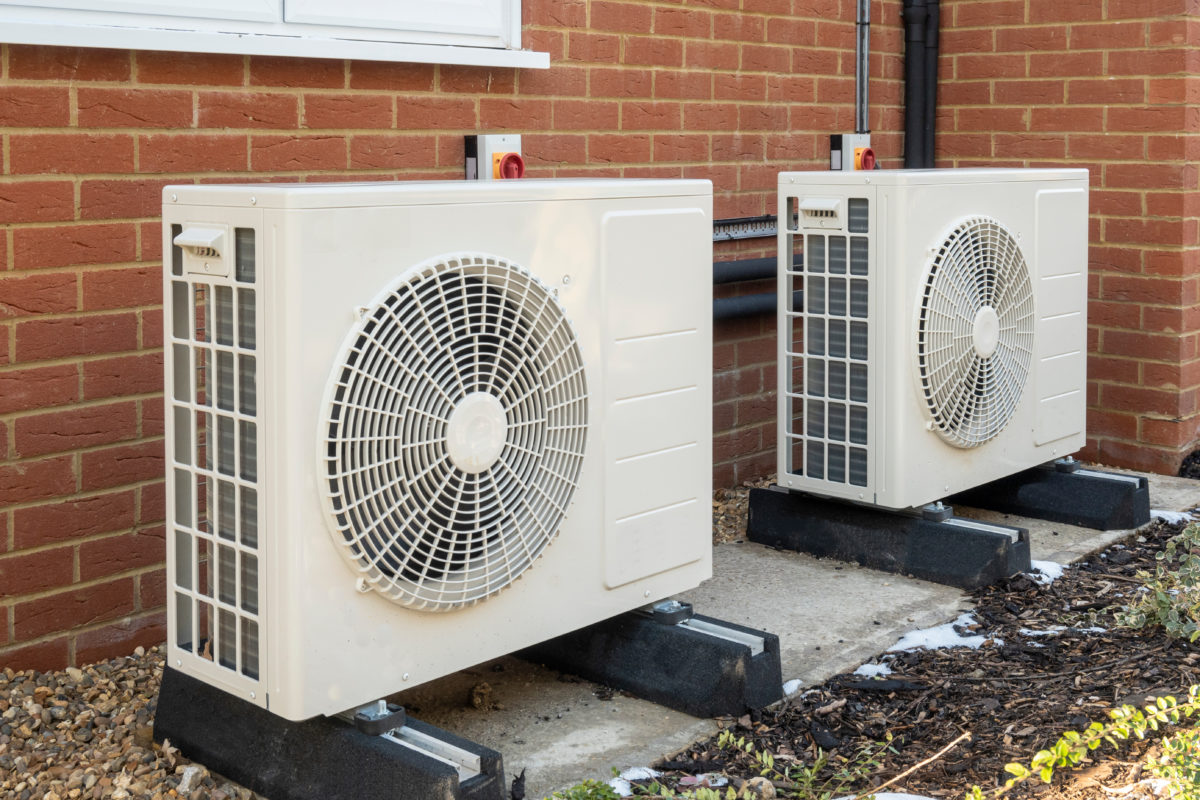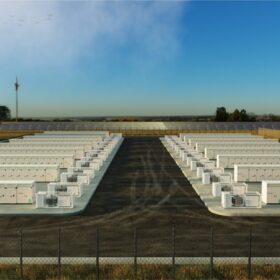Many Americans are giving heat pumps serious consideration as they try to reduce their dependence on oil and gas. Heat pumps, when combined with low-carbon electricity sources such as solar, can cut greenhouse emissions while saving families as much as $500 a year on their utility bills, according to the DOE. One drawback, however, has been the performance of heat pumps in cold climates.
In recent years, specialized cold-climate heat pumps have been designed that operate efficiently in temperatures below 32 F. Last year the US Department of Energy launched the residential Cold-Climate Heat Pump Technology Challenge to stimulate domestic development of these cold-climate heat pumps (CCHP), which can help reduce energy costs and move the United State further along the path to achieving President Biden’s goal of a net-zero carbon economy by 2050. The Challenge has two categories: CCHPs that are efficient at 5 F and below; CCHPs optimized for -15 F. Product prototypes were due in early 2022, and the first results of lab testing are in.
The DOE announced that Lennox International is the first partner in DOE’s Challenge. Lennox, based in Richardson, Texas, developed the first prototype that achieved the Challenge’s standards about a year ahead of schedule, delivering 100% heating at 5 F at double the efficiency, and 70% to 80% heating at -5 F and -10 F. DOE’s Oak Ridge National Laboratory validated the performance and efficiency of Lennox’s prototype.
“DOE’s Cold Climate Heat Pump Challenge calls on American businesses to make heat pumps more effective at heating and cooling, more efficient in their energy use, and more attractive options for consumers—so more households can unlock $500 in savings each year on utility bills. With this newest prototype, Lennox has answered that call,” said Jennifer M. Granholm, US Secretary of Energy. “Tapping into the emerging clean energy market is a huge economic opportunity that will bring a bolstered manufacturing sector, good paying jobs, and a brighter, cleaner future to Texas and communities across America.”
Lennox is one of nine manufacturers competing in the CCHP Technology Challenge. The next step for this product and others that meet the CCHP Technology Challenge is to put them through trials in cold climate regions over the next two years to demonstrate performance, efficiency, and comfort when applied in the field throughout a winter. Deployment and commercialization are planned for 2024. Utility partners will work with DOE to establish consumer incentives to encourage adoption, and state partners will also develop education and outreach campaigns. More than 20 utilities, cooperatives, and state agencies have committed to the Challenge.
The lifetime cost study by Carbon Switch found that the average cost of a heat pump is $14,000 after rebates. But there’s a huge difference in costs depending on rebates available, size of the home, location, whether the home needs ducts, and more. It also didn’t look at the rising cost of electricity, which is important in light of many utilities substantially hiking energy costs. In another study conducted in 2021, researchers found that heat pumps were cost competitive with propane in isolated areas in northern climates, regardless of whether a PV system is installed or not. The cost-optimal solution was found to be solar powered, especially if used for hot water production, assuming that solar module costs will further drop in the future.
This content is protected by copyright and may not be reused. If you want to cooperate with us and would like to reuse some of our content, please contact: editors@pv-magazine.com.









Please be more careful with wording — “80% efficient in -10 F weather” in the title is not just confusing, but also flat out wrong. The “80%” is a “capacity” figure having to do with how the heat pump is sized, which in this case they sized it to be “100%” at 5degF — this is an arbitrary factor essentially based on marketing or the DOE standard they are trying to address. “Efficiency” is completely different which appears from the article to be COP=2 at 5degF: “delivering 100% heating at 5 F at double the efficiency” — “double the efficiency” of What?? COP=2 means double the efficiency of Electric Strip heat which would generally make sense in this situation … and be an improvement over the COP=1.7 at 5degF best units to date.
But to understand the bigger picture, GHP/Geothermal would in general be at its worst efficiency COP=3.6-3.8 and about COP=5.0 on average for the year. It is too sad that so few people understand this!
Thank you for your input. This has been amended.
Yes great comment Heat pumps seem to violate the conservation of energy. The key factor is that any fluid air, liguid even solid above a temp of absolute zero has an enormous amount of heat stored in the fluid. A heat pump moves heat from a cold body to a hot body which seems to violate nasic physics. This means something called the Coeifficient of Performance COP can be greater than 1, I have seen systems with a COP of 9 . This means for every 1kwhr of energy used the heat pump will pump 9 kwhrs of heat into the home. Sounds like you are getting somthing for nothing but of couse you are not. The COP figure is vital and heat pumps will be the future but require very careful design and choice of the refrigerent .
While I am excited to see that Lennox is advancing their product line, just to be clear manufacturers have been making systems to perform at this capability for some time specifically Mitsubishi Electric‘s Hyperheat line guarantees 100% heat output at 5°F. The new HyperHeat plus series is 100% at -5° and has been commercially available for over a year. This soundbite from the DOE is only because Lennox is a US manufacturer and fails to highlight the manufacturers that are almost a decade ahead of Lennox.
Every single piece of documentation from Mitsubishi Electric is publicly available that describes its heating performance and efficiency. This can be found at http://www.mylinkdrive.com.
Lennox development is over 3 years ahead of a product launch. DOE data sets must be submitted before making new models or upgrading existing..simply obsoleting less efficient models happens as well. The ten years behind the globe isn’t true. New heat pump lines for 2024 was underway in 2020 at lennox.